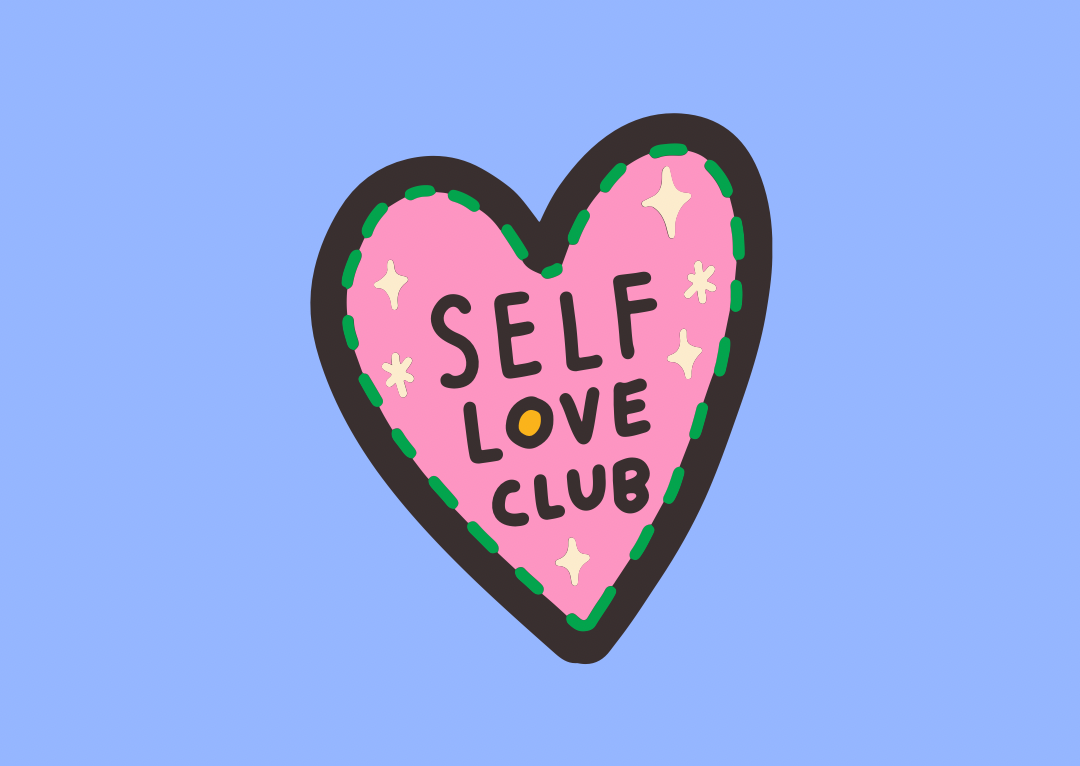Dec. 1 marked the 30th annual World AIDS Day, an international day dedicated to raising awareness of the AIDS pandemic and remembering those who lost their lives to the disease. As of 2018, AIDS has killed between 29 million and 41.5 million worldwide, with an estimated 37 million people currently living with HIV, according to UNAIDS. However, with antiretroviral treatments available, the death rate of the disease is steadily declining, and people who are HIV positive and receiving treatment are able to lead longer, healthier lives.
On campus, organizations like the LGBTQA and Social Justice Center honor World AIDS Day by hosting week-long events that seek to educate and inspire change in the University community. Some past events include ribbon-making, where staff and students were invited to create ribbons of remembrance, a #NotJustWhiteGayMen Instagram takeover that highlighted minority groups at risk for AIDS, as well as a screening of the documentary “How to Survive a Plague” that follows the early years of the AIDS epidemic and the activist groups ACT UP and TAG. They also held a “Letters with Beau the Therapy Dog” event, in which participants wrote letters to individuals living in care facilities and battling AIDS. This year, the LBGTQA and Social Justice Center designated a space outside the cafeteria in One Paze Plaza to hand out fact sheets, promote events, and speak with students about resources available on campus and in the city. On Dec. 11, Beau and his owner, Caroline, will return to the Center from noon to 1:30.
Within the University’s chemistry and physical Sciences department, University sophomore Celine Tse and Dr. Nanjie Deng have been working together on HIV drug research for the last seven months.
“As part of the global movement to find a cure for HIV/AIDS, I have had the privilege of joining my professor Dr. Deng in his HIV drug research. In Dr. Deng’s research, we aim to improve the computational screening of HIV drug candidates against HIV integrase (a key protein in the virus) using docking, molecular dynamics simulation, and free energy calculation. Basically, we are applying chemistry and high-performance computing in order to predict the success rates of various HIV drug candidates. We then determine which ones are the most promising for chemical synthesis. This type of in-silico screening and analysis is very useful, as it helps the research community focus time and funding on only the most promising handful of drug candidates, thus providing a more direct and efficient path towards finding a cure,” said Tse.
Tse continued, “Dr. Deng has been working tirelessly at this important research for many years and has published 10 peer-reviewed research papers in this field. I am very humbled to be able to join him, learn, and contribute my skills towards this important cause. We are passionate about our research, and together with the rest of the HIV/AIDS scientific community we are determine to make progress in the discovery of novel therapeutics.”
University sophomore Amberlynn Foote, who has previously worked on HIV research, also shared, “I think the most important thing to reiterate is that knowledge is power, which is why it is essential to not only educate people about AIDS to suppress the unfortunate stigma that exists around it, but to expand our scientific knowledge in an effort to combat the illness and help those who suffer from the virus.”
World AIDS Day may be once a year, but organizations and advocacy groups around the world are working to support people living with HIV and AIDS year-round.
A couple of stops on the 1, 2, 3, A, C, and E trains uptown will take you to the Lesbian, Gay, Bisexual, and Transgender Community Center in Greenwich Village, where ACT UP meets every Monday at 7 p.m. Formed in New York City in 1987, they describe themselves as, “a diverse, nonpartisan group of individuals united in anger and committed to direct action to end the AIDS Crisis.” They meet with government and health officials, work to educate the community on HIV/AIDS-related topics, and hold protests and demonstrations. This year, ACT UP New York staged actions in Times Square to bring attention to the fact that HIV rates remain prevalent in many American communities, as well as held an annual candlelight vigil at the AIDS Memorial.
The Mercury Phoenix Trust, formed by members of the iconic British rock band Queen, Brian May and Roger Taylor, along with the band’s manager Jim Beach, honors Queen’s lead singer Freddie Mercury who died from AIDS-related pneumonia in 1991. The MPT primarily funds small and grassroot organizations that are not funded by government or large markets.
The International AIDS Society, an association of HIV professionals founded in 1988 with members from more than 180 countries, is “working on all fronts of the global AIDS response.” Together, they “advocate and drive urgent action to reduce the global impact of HIV,” according to their website.
(RED) is a nonprofit organization that partners with popular brands that contribute profits generated from (RED) products to the Global Fund to fight AIDS, Tuberculosis, and Malaria. On World AIDS Day, (RED) partner Starbucks donates a portion of drink sales in participating stores to the organization, while sales of Apple’s red iPhone and red cases directly support the Global Fund all year. Apple also contributed $1 to the Fund this World AIDS Day for every use of Apple Pay in stores, online, or in-app.
In addition to contributing to or supporting these organizations, one of the best steps to take in the fight against HIV/AIDS is getting informed about the disease and your own health.
Many people are still massively uninformed about the way HIV can be transmitted. Common misconceptions include transmission by kissing, hugging, toilet seats, or sneezing. HIV can only be transferred when infected body fluids get into the bloodstream through unprotected sex, from mother to child during pregnancy, childbirth, or breastfeeding, injecting drugs with a needle that has come in contact with infected blood, or infected blood donations and organ transplants.
Taking preventative and protective measures has helped slow down the growth of the virus, and has contributed to the increased control of HIV without a vaccine or a cure. Clinics across New York City provide STI and HIV testing, while on campus, the University Health Care office provides STI testing and gives out free condoms. They can also prescribe the PrEP pill, taken as a preventative measure by people who don’t have HIV if they have a sex partner who is positive, have sex with people whose status is unknown, or share injection drug equipment. If someone does not know their status, they will not be able achieve viral suppression. When people living with HIV maintain viral suppression by taking medications as prescribed, they greatly reduce their chance of transmitting HIV to their partners.
While significant progress to treat HIV/AIDS has been made since the first cases were introduced in 1981, the stigma surrounding the disease and the process of getting tested is still deeply embedded in educational, workplace, and healthcare environments. There is often internalized shame concerning HIV testing and misinformation regarding sexual health, so many would rather keep their status unknown to avoid the feelings that come along with sharing their status with possible partners, as well as their families.
It is also important to acknowledge the relationship between HIV and low socioeconomic status. Antiretroviral treatment has helped to control the development of the virus in the body, but the $1600 monthly cost of medication makes it extremely difficult to use on a consistent basis. This prevents people without insurance from receiving proper and deserved medical care.
Supporting the numerous organizations that have been working to end AIDS, whether that be joining local activist groups or contributing to nonprofits, is an effective way to get involved and enact change within a community that remains highly stigmatized. Although the number of HIV-related deaths has decreased by more than 51 percent since the peak in 2004, the virus continues to affect millions.
The epidemic is far from over. With these new life-changing improvements, an HIV diagnosis does not guarantee the short life expectancy it did in the early years of the disease. That being said, there is still an extensive amount of work to be done at government levels and within the community to consider the lives of those affected and prioritize their health and well-being.

AP Photo/ Joseph F. Major



















